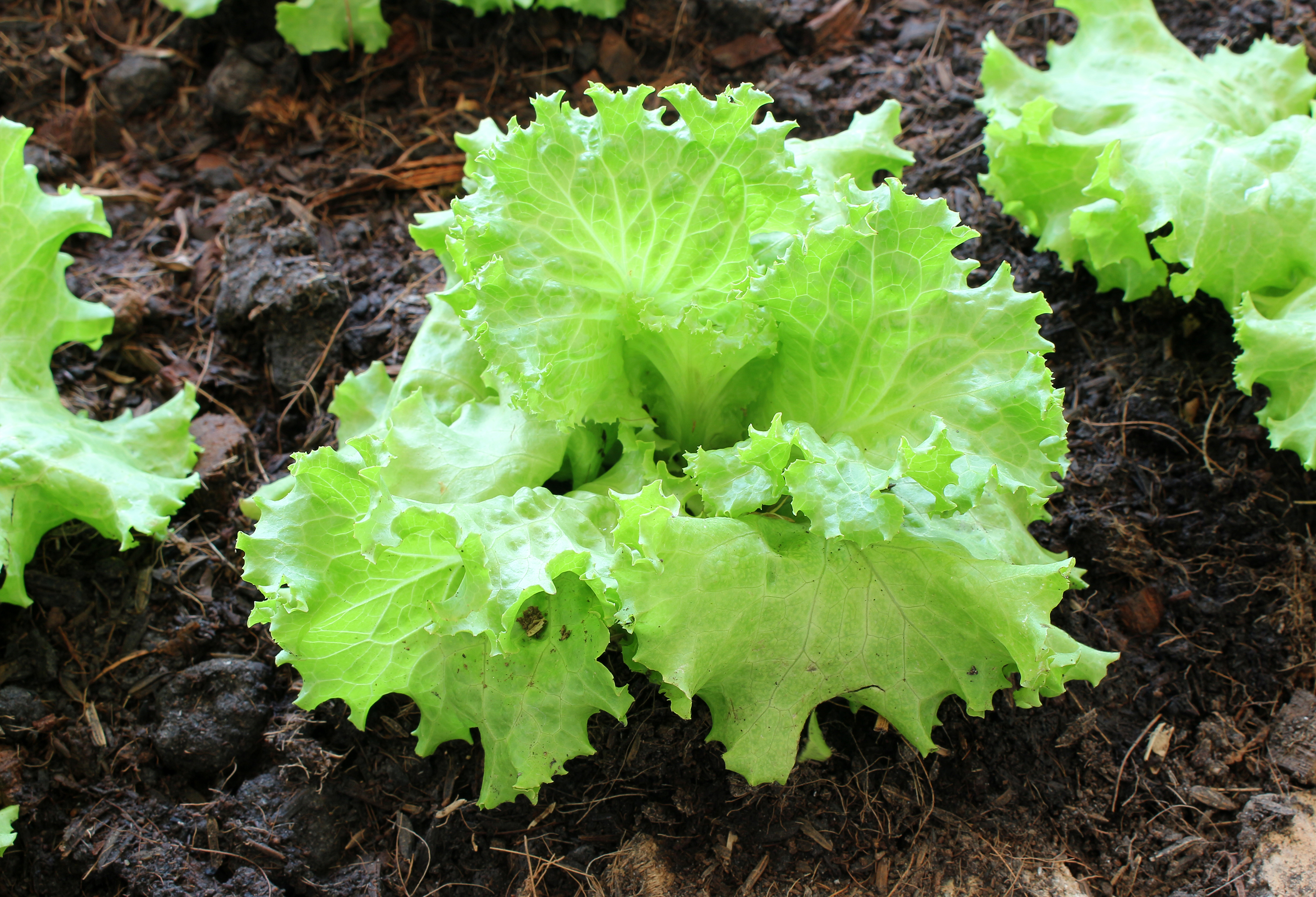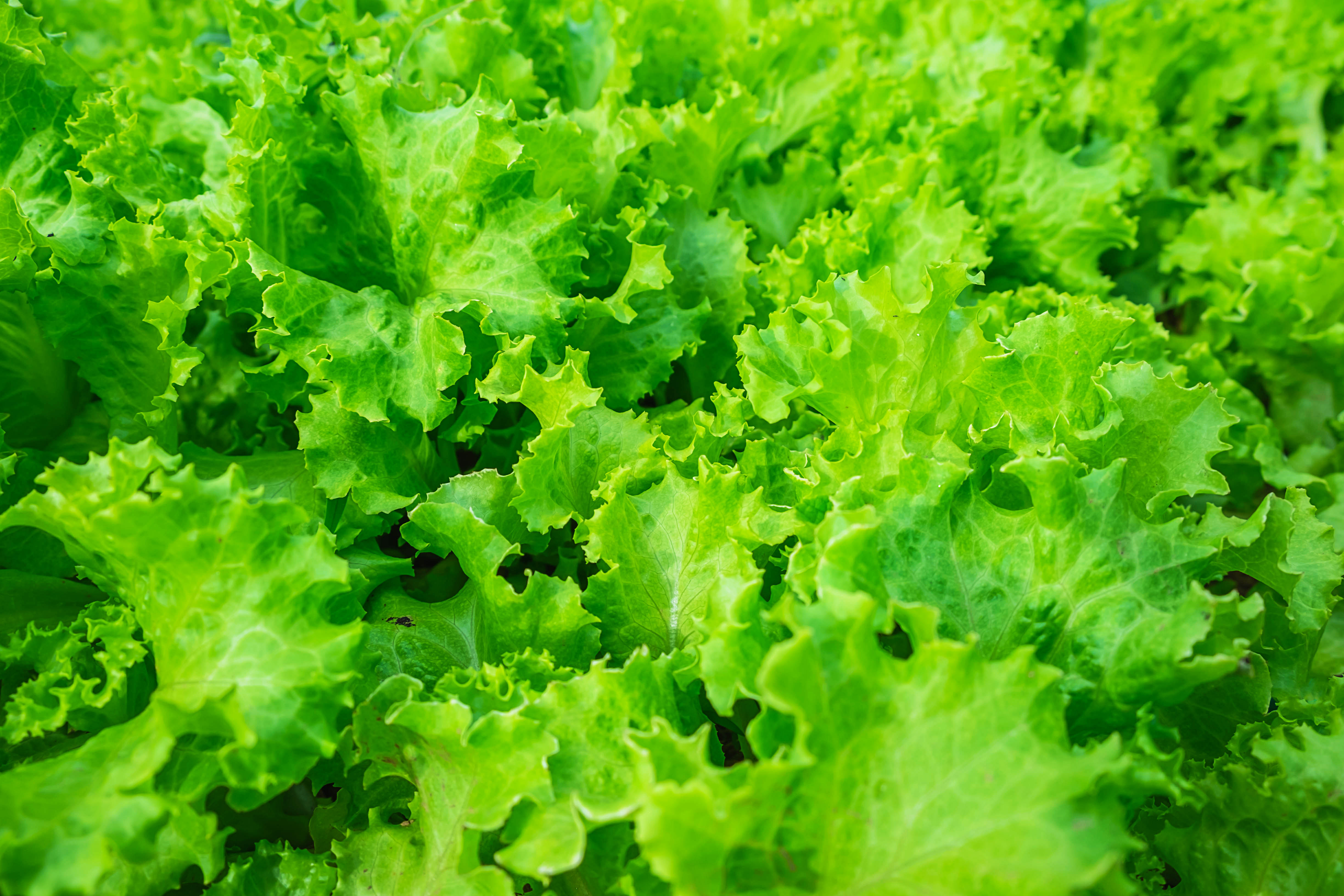- Home
- Gardening Tips
- How to Grow Lettuce
How to Grow Lettuce
There are several things to consider when deciding how to grow lettuce. As with all plants, lettuce needs the proper amount of light, along with good soil, and water, lots of water. But first you may want to choose which lettuce you want to grow.

Types of Lettuce
There are two basic types of lettuce to choose from; head lettuce and leaf lettuce, with many varieties of each. Head lettuce is a large plant that grows one head of lettuce consisting of tightly wrapped leaves around a juicy core.
Leaf lettuce is just like its name, it grows in leaves which can be cut or harvested throughout the growing season. Leaf lettuce has more nutrition and usually a stronger taste, head lettuce is juicier and crunchier. Leaf lettuce is ready to eat in just a few weeks, and replenishes itself after cutting. Head lettuce grows one big head, and takes the full season to do it.
Soil
Good soil is a basic requirement in growing good lettuce, as with most other garden plants. Lettuce can be grown in the home vegetable garden along with the other crops. You may also choose to grow it in raised beds, or even flower beds! Leaf lettuce can be a lovely filler among flowers. Lettuce will grow well in a regular garden plot, but it will thrive in a raised bed! A raised bed will be warm earlier in the spring. An earlier planting will have more time to grow before the heat of summer sets in.
Light
Growing good lettuce requires a lot of light, no matter which type you choose, but extreme heat will make it wilt, bolt, and go to seed. When a plant starts producing seed, it thinks it has done its job for the season, and anything harvested after the seeds form will likely be bitter and unpalatable. This means lettuce will grow better in the spring and fall than in the heat of summer.
One possible way to get around the heat problem is to grow your summer lettuce in a shady spot, rather than in your full sun garden plot. There will be sufficient light in mid-summer, and the lettuce will have a better chance to grow without bolting.
Water
An important aspect on how to grow lettuce is water. Since lettuce is mostly water, it needs a lot of water to grow properly. This is true more so for head lettuce than the leafy varieties, but all will benefit from regular watering.
Raised beds are a good method for growing lettuce for this reason, as well. It's much easier to keep the necessary even moisture level when you only water where the plants are growing. Raised beds can be planted more thickly, and the plants will shade one another, which helps with retaining moisture. Mulch helps retain moisture as well, and can feed your soil at the same time.

Germination
Lettuce seeds must stay moist and warm to germinate. Lightly mist the seedbed twice or even three times a day until germination, or you can cover the bed with plastic or a sheet of glass and mist as needed. If you cover, you must be sure to check for sprouts several times a day, and remove the cover at the first sign of the tiny plants.
Maintenance Tips
Raised beds help reduce your weeding chores too. This is very important when considering how to grow lettuce. Lettuce does not like competition and should be kept free of weeds at all times. Weeds have a harder time growing when the plants are closer together. This means less weeding for you, and more time to enjoy the garden.
If your lettuce of choice is the leafy variety, regular harvesting will keep it fresh and tasty. Head lettuce can sometimes attract insects. They like it as much as we do! It can be a good idea to cover newly emerging heads with a very fine mesh bag. Old pantyhose does the job quite nicely. Make it loose enough to expand with the growing head.
I hope that you become an expert on how to grow lettuce. Lettuce is very forgiving and is very easy to grow if you just show a little TLC.
Go from How to Grow Lettuce to Smoothie Recipes
Go from How to Grow Lettuce to Vegetable Gardening Tips